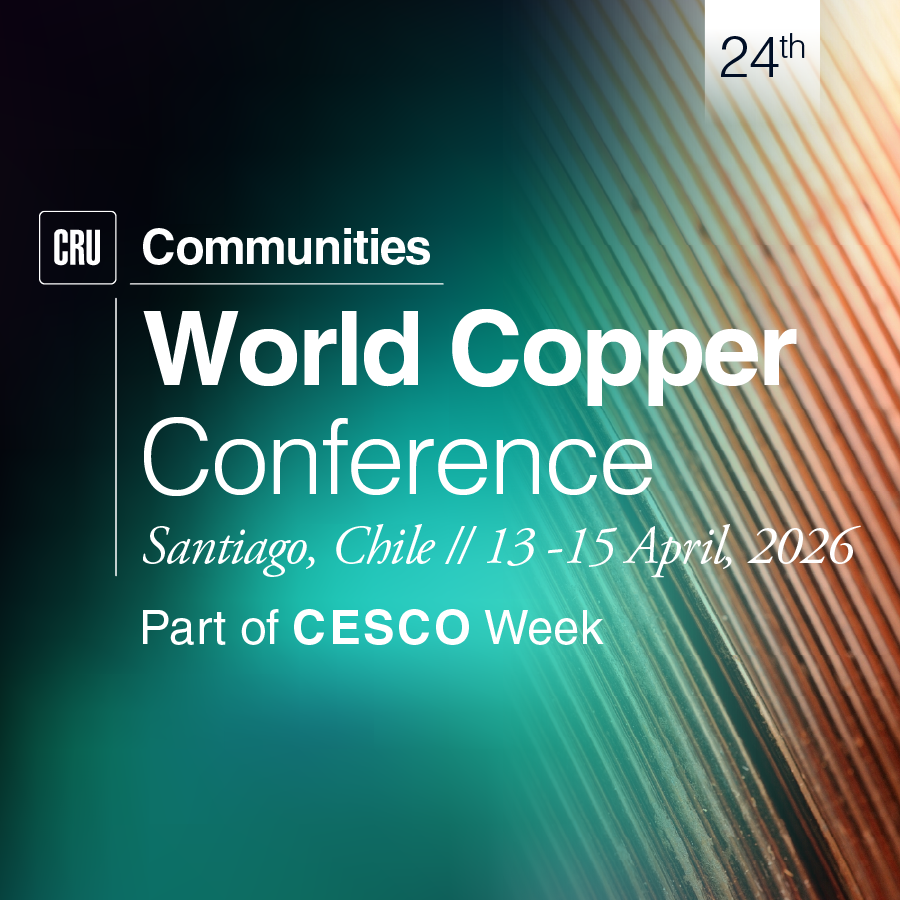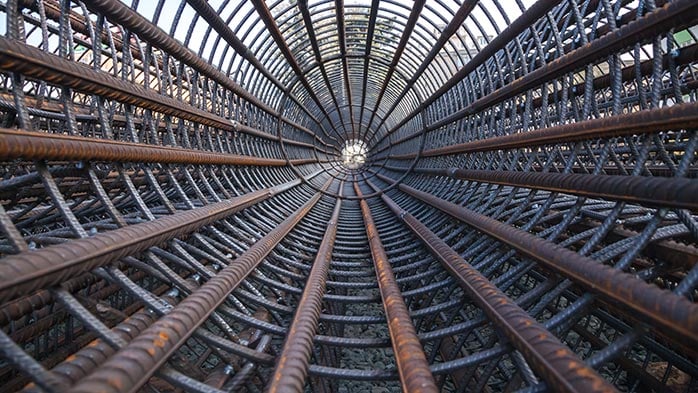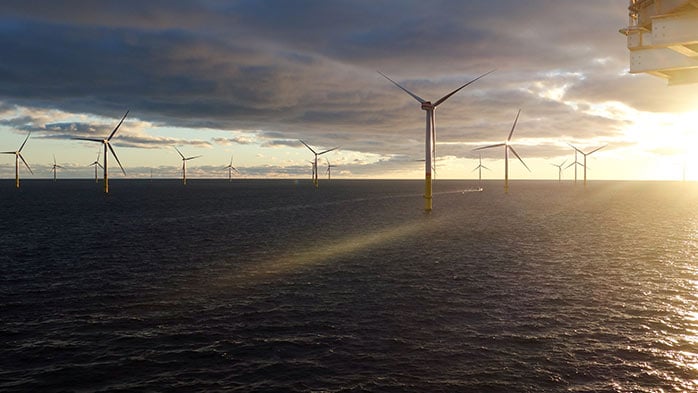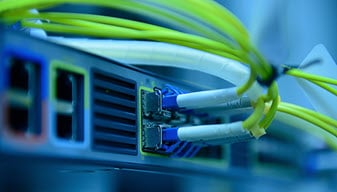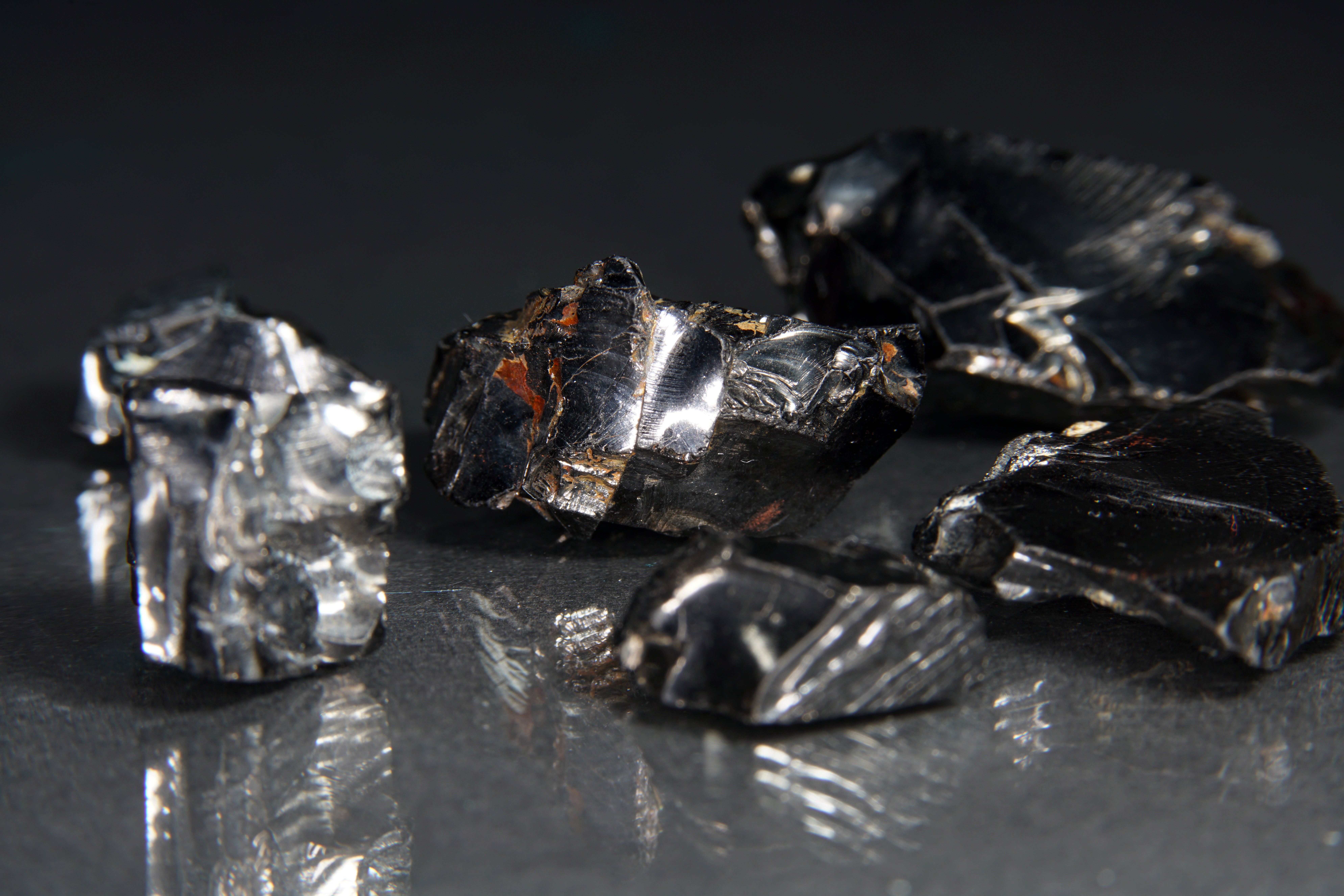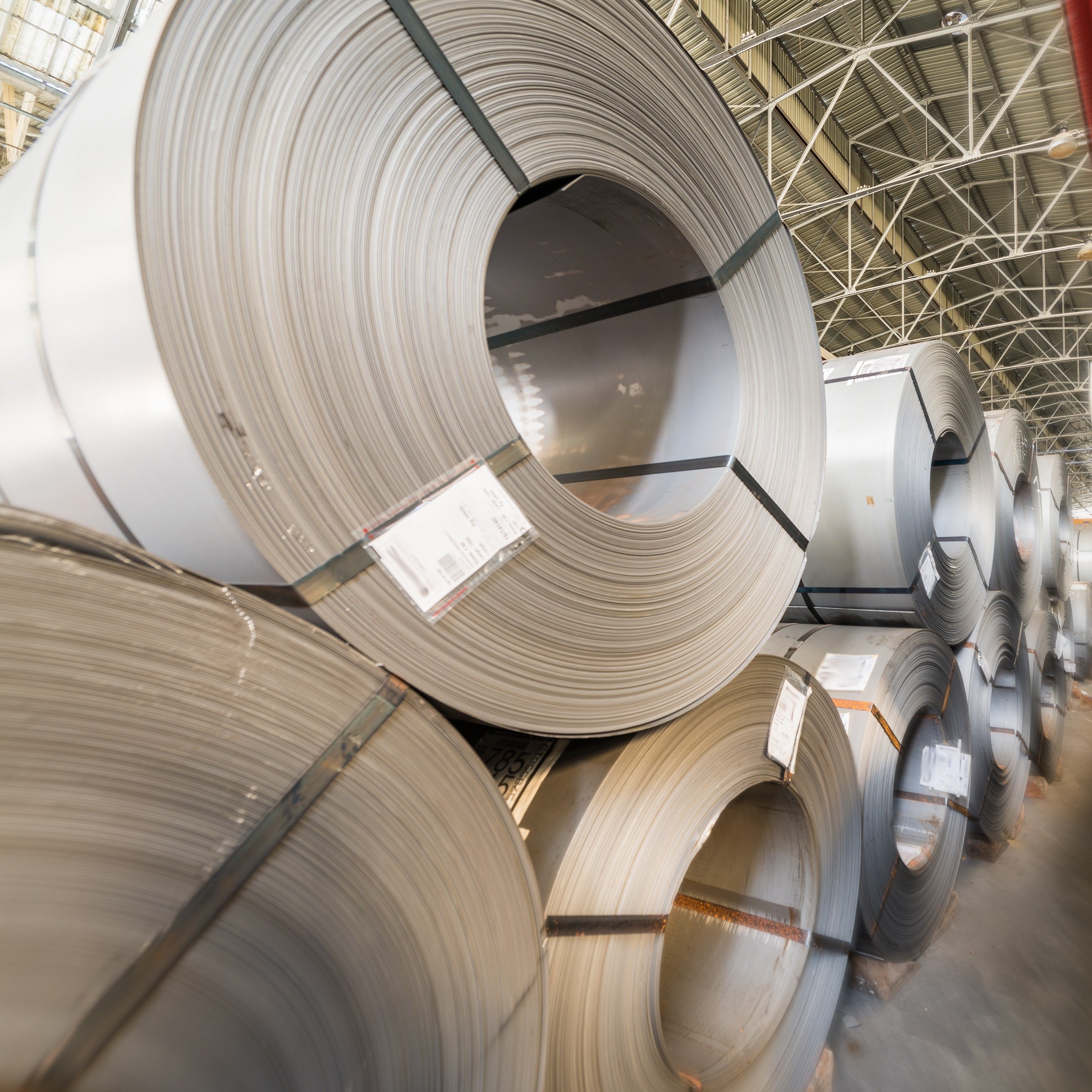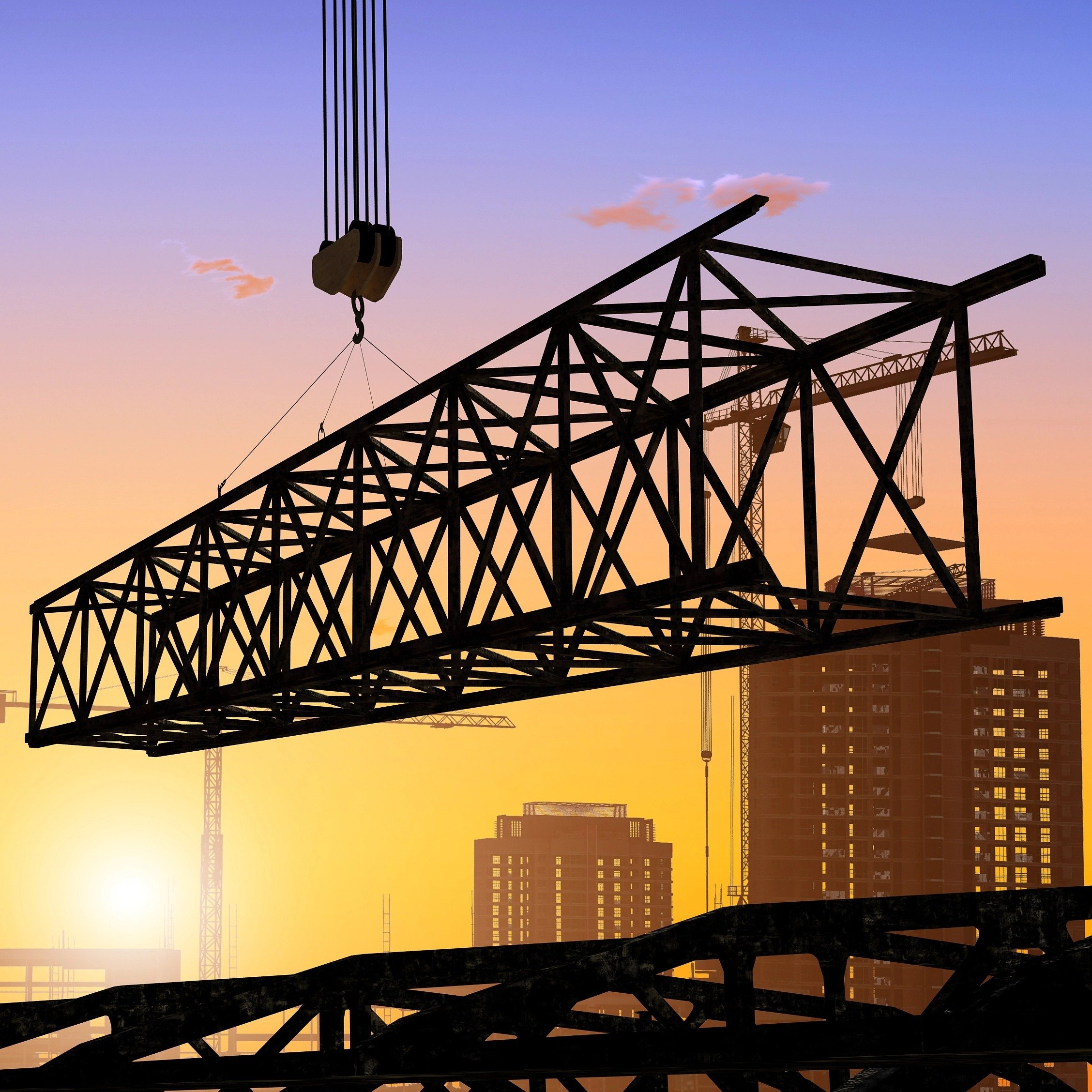In an unexpected turn of events, on 30 July 2025, the Trump administration ruled that the previously announced 50% copper tariffs resulting from the Section 232 investigation would apply not to refined copper cathode, but to copper downstream products including copper wire and cable and copper rod.
This development is significant as the US currently imports one quarter of its insulated wire and cable requirements each year. These import tariffs are intended to “level the playing field for US copper businesses to support a strong domestic copper industry” by making domestic players the more cost-effective choice. CRU forecasts that the increased costs of importing finished goods from overseas will significantly stoke higher demand for domestically produced wire and cable products and wirerod, though the question is now whether the US cable market has the domestic manufacturing capacity to satisfy demand in the short term.
Cable imports account for one quarter of US cable demand, which will be difficult to replace in the short term
In the last few years, trade has moved to the forefront of strategic discussions in the cable industry. Trade flows have evolved oveFr the past few years as key economic forces have had profound impacts such as India’s rapid emergence as a key low-cost exporter, China’s increasing reliance on exports to counterbalance weakness in its domestic markets and increasing global participation by cable manufacturers from Northeast Asia.
In 2024, 23% of US insulated wire and cable demand was met by imports of roughly 465 kt conductors. These imports were comprised of an array of product types with low-voltage cables accounting for roughly half of the imports.
The source of imports to the US has evolved over the past few years. Mexico has always remained the key trading partner for US wire and cable, though this is skewed heavily by the trade of vehicle harnesses for the automotive manufacturing industry. A key observable trend has been the phasing out of imports from China, which accounted for 21% of imports in 2015 but only 12% of imported insulated cables in 2024. This trend is likely to continue at a gathering pace as punitive tariffs on Chinese goods dissuades imports.
Significantly, many other countries have been gaining market share, South Korea and India have been some of the main winners, with cable imports from South Korea growing from roughly 19 kt cables in 2015 to 77 kt in 2024. India has also grown from less than 2 kt cables imported in 2015 to 41 kt imported in 2024.
Only copper content of cables to be tariffed, though implementation remains unclear
Typically, tariffs will fall in line with HS code classification of products. According to the White House, “The copper 232 tariffs apply to the copper content of a product; non-copper content of a product remains subject to reciprocal tariffs or other applicable duties”. This initiates a difficult question for players involved in the trade of copper cables, namely, calculating the copper content of each of their cable products.
From a cost perspective, this also leads to the assumption that differing cable products will be exposed to differing relative tariffs since their copper conductor can be a greater or smaller proportion of the overall cable. It is also unclear whether the tariff will be calculated based on the copper conductor weight or value.
US cable manufacturers are likely to invest in new manufacturing capacity to replace imports in supply chains
Whether domestic cable makers can meet the additional demand hinges on both current utilisation rates and production flexibility. Some US manufacturers may have headroom on existing lines to scale up production, particularly for standardised products like low-voltage energy cables, which have seen a demand slump in recent years as residential building output has fallen to a five-year low.
However, low-voltage cables also account for more than 50% of US cable imports, much of which come from Asia. If these are subjected to a 50% tariff, there is a risk that local substitutes may not be immediately available, especially as major cable distributors rely significantly on imported low-voltage and medium-voltage (1-10kV) products.
That said, low-voltage capacity is relatively quick to add, typically within one to two years, so some supply response is likely within a short timeframe. For more specialised products such as submarine cables, high-voltage DC lines or complex copper data cables, capacity is more limited and is concentrated in a small number of facilities operating near full capacity.
There have already been significant investments made in this space, such as LS Cable’s new submarine cable plant which will be located in Virginia and is expected to come online in 2027 Q3 and Encore Wire’s expansion of its medium-voltage cable production. These are the segments where tariff-induced manufacturing investment is most likely.
Not accounting for a USMCA exemption could reshape the North American wirerod supply chain
Under the new tariffs, downstream copper wirerod – the precursor to insulated metallic wire and cable manufacturing – will also be tariffed at 50%. The US is currently a net exporter of copper wirerod, with many cable makers offering fully integrated services, producing wirerod as well as cables. There are also a healthy number of stand-alone copper semi fabricators who produce wirerod.
Traditionally, there have been high levels of integration of Canadian and Mexican wirerod producers who supply to the US market. While the US sources most of its wirerod domestically, imports from Canada and Mexico still account for around 17% of US wirerod consumption. Currently, it is unclear whether USMCA exemptions will apply to this trade.
Under previous Section 232 rulings such as in steel and aluminium, Canada and Mexico were granted exemptions based on their USMCA status. If USMCA goods are exempt from the copper Section 232 tariffs, Canadian and Mexican wirerod could become more competitive, reinforcing the current North American integration. If no exemption is granted, then this would significantly impact current procurement patterns, increasing the competition for US cable producers.
Even before the announced 50% tariffs, there were a number of wirerod manufacturing capacity expansions underway, including IMC’s new SCR 4500 (Southwire) rod line. This line could produce up to 250,000 tonnes of copper wirerod annually – roughly 15% of total US demand – and is expected to come online later this year. Additionally, there have been several investments into smaller upcast lines which manufacture oxygen-free rod.
These smaller lines are likely to be the type of project which can come online quickly to meet new tariff-induced demand. Sources suggest that most existing US wirerod producers are operating at close-to-maximum capacity, and the tariffs are likely to motivate further investment.
For continued up-to-date analysis on the latest developments in the global and US cable markets, please reach out to CRU to hear more about the Wire and Cable Market Outlook service.





